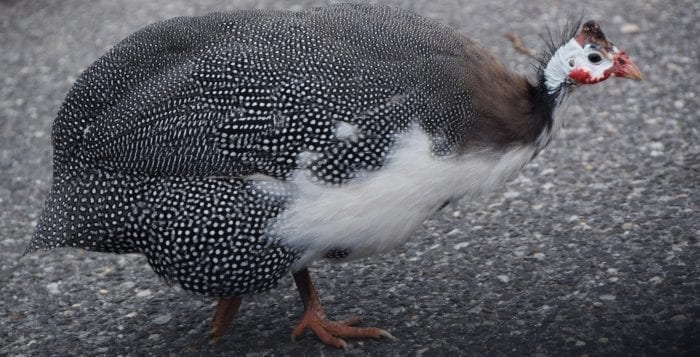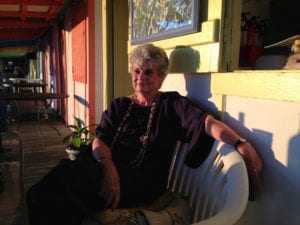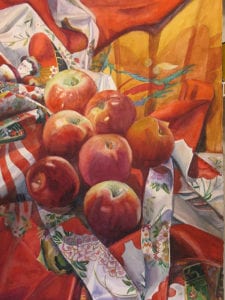By Barbara Beltrami
One of the bumper crops produced by summer backyard gardens and featured by farm stands is the cucumber, ever popular for its crunchy texture and ease of preparation. Comfortable as a mere salad ingredient for its crispness, the main attraction of a cold cucumber soup to inaugurate a summer meal, or a tzatziki accompanying a barbecue, the cucumber lends itself easily to summer fare.
There are those who say the skin should be left on; then there are those who say the skin should be pared; and there are also those who say the skin should be pared but not completely — just in alternate stripes and a fork run down the sides to create a fancy presentation after slicing.
Beyond those are the people who like their cucumbers sliced ultra thin and those who claim that the cucumber is at its best when cut into spears, the seeds scooped out and the spears diced. Whatever your preference, I hope you find the recipes that follow handy additions to your summer repertoire.
Cucumber Salad
 YIELD: Makes 6 servings
YIELD: Makes 6 servings
INGREDIENTS:
2 medium cucumbers, peeled and thinly sliced
Salt
1 cup white or cider vinegar
½ cup sugar
Freshly ground black pepper
½ green bell pepper, diced
1 tablespoon chopped flat-leaf parsley
DIRECTIONS:
Sprinkle cucumbers lightly with salt and let stand 10 minutes. Rinse, drain and place in serving dish. Combine vinegar, sugar, ground pepper and bell pepper and let sit 5 minutes. Pour over cucumbers. Sprinkle dish with parsley. Serve at room temperature with meat or poultry.
Cold Cucumber Soup

YIELD: Makes 4 servings
INGREDIENTS:
2 tablespoons unsalted butter
1/3 cup chopped onion
2 cups unpeeled diced cucumber
1 cup arugula leaves, chopped and de-stemmed
1 potato, peeled and minced
2 cups chicken broth
2 sprigs Italian flat-leaf parsley
Salt and freshly ground pepper to taste
¼ teaspoon dry mustard
1 cup heavy cream
Chopped scallions or radishes for garnish
DIRECTIONS:
In a medium or large saucepan, melt the butter, then cook the onion in it until it is transparent. Add cucumber, arugula, potato, broth, parsley, salt and pepper and dry mustard. Simmer 10 to 15 minutes until potato is tender. Puree in an electric food processor. Cover and chill. When ready to serve, add cream, stir well and garnish. Serve with salad, fish, chicken, sandwiches or slices of an interesting bread.
Tzatziki

YIELD: Makes approximately 1½ cups
INGREDIENTS:
½ English cucumber, peeled and grated
1 cup plain Greek yogurt
1 garlic clove, minced
1 tablespoon minced fresh dill leaves
1 tablespoon minced fresh mint leaves
2 tablespoons lemon juice
½ tablespoon lemon zest
Salt and freshly ground pepper, to taste
DIRECTIONS:
Cut the cucumber in half lengthwise and using small spoon, scrape out the seeds if there are any. Using the large holes on a box grater, grate the cucumber. In a medium bowl, combine the grated cucumber, yogurt, garlic, dill, mint, lemon juice and zest, salt and pepper. Cover and refrigerate until ready to serve with pita bread and lamb, eggplant, hummus or other Mediterranean dishes.

















